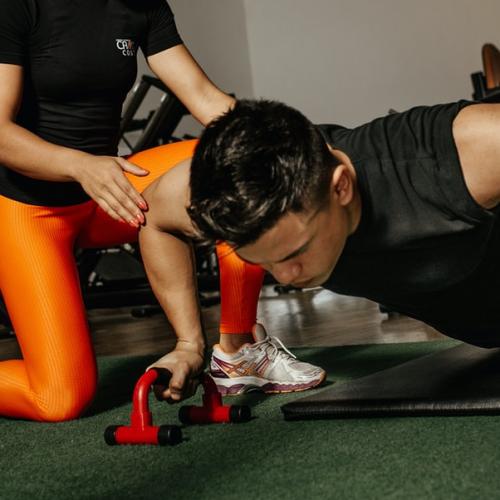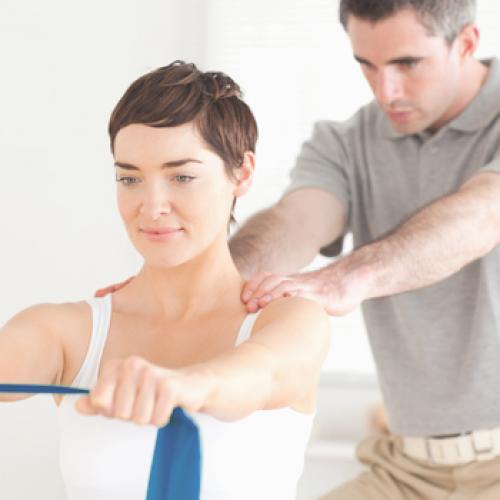Whether you’re a weekend golfer or a professional athlete, sports injuries affect everyone, and we understand that you want to get back to playing the sport you love as quickly as possible. Our therapists specialize in a wide variety of athletic injury management, including proper examination and assessment, early & acute care, sport specific treatment & rehabilitation, injury prevention and education. Customizing your therapy program with your goals in mind will get you back on the field, court, track, or wherever you like to keep active.
Many of our therapists treat athletic injuries at all of our locations, and we also utilize our LOPT Performance location to bridge the gap between the traditional clinic setting, and getting you back to the place you want to be. LOPT Performance includes three specific return-to-activity programs: the STRIDE Running Clinic, LOPT Finish Series, and LOPTimize.
ACL injuries are well known and common athletic injuries. In addition the the ACL, an active patient can have potential joint injury in other common areas of the knee such as the medial collateral ligament (MCL), posterior cruciate ligament (PCL), or the meniscus. Physical therapy for the knee joint is the best options for a person either after injury, before and after a surgery, as well as preventatively.
Our treatment plans are designed specifically for you and your goals, to allow for a maximal return to play without reservation.
A SLAP (superior labrum, anterior to posterior) tear is an injury of the cartilage ring that helps stabilize your shoulder joint. Common to many throwing and hitting sports such as baseball, softball, volleyball, or even basketball, it can also be seen in sports such as gymnastics, rock climbing, and other performing athletics.
Having a stable, mobile, and strong shoulder is essential to many athletic activities. If you have concerns about your abilities relating the the shoulder, don't hesitate to look into an evaluation with our skilled physical therapists.
Common to running and other repeatable and endurance activities, MTSS can be a debilitating lower leg injury that can range from mild and self contained to a potential bone stress injury. Often, the athlete experiences pain in the lower leg close to the tibia bone, and the symptoms can worsen with activity (usually running, hiking, or impact sports). However, a proper diagnosis and treatment plan with gait analysis and other rehabilitation can reduce the effect and often allow for a full return to activity.
Usually acute (sudden) in nature, foot and ankle sprains can be debilitating, especially in-season. Being able to get an accurate assessment and treatment plan can be the difference between further injury risk down the road, and high likelihood of reinjury. Our treatment approach is to help get you back to exactly what you need through an in depth evaluation and treatment plan including exercise, manual therapy, gait assessment, and return-to-play activities.


























